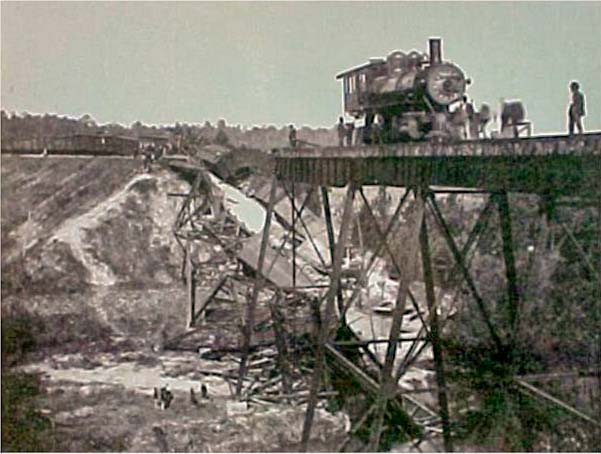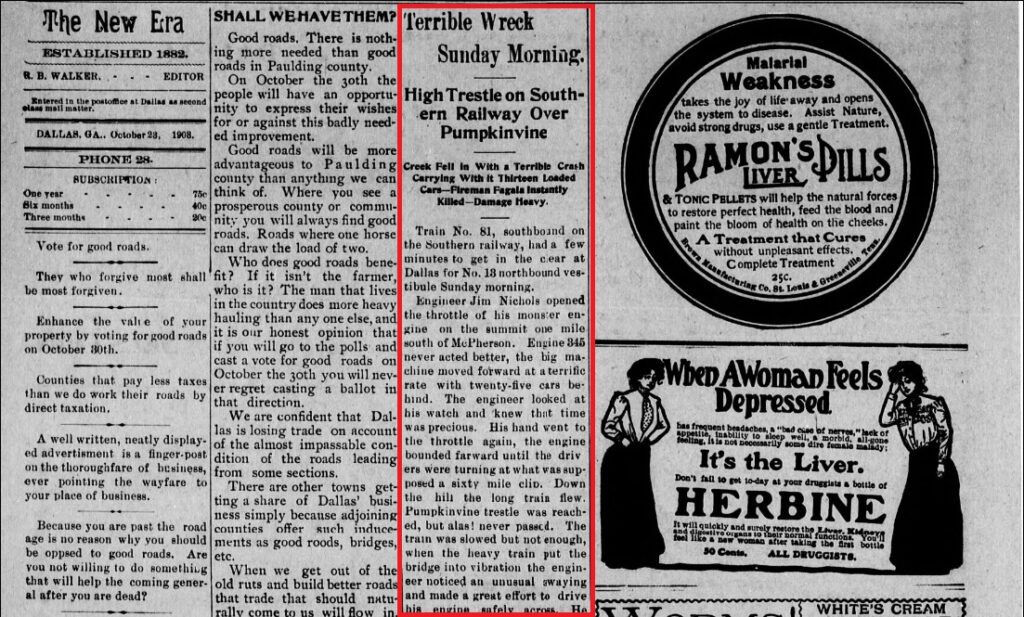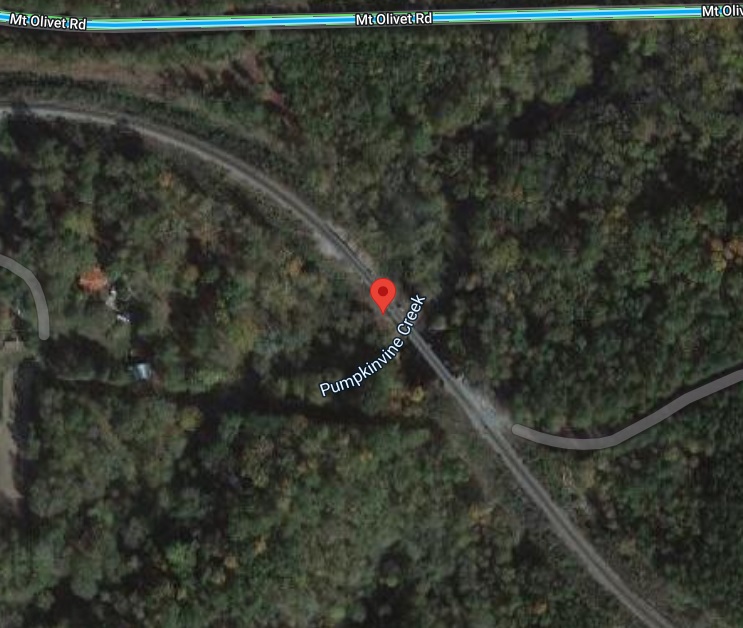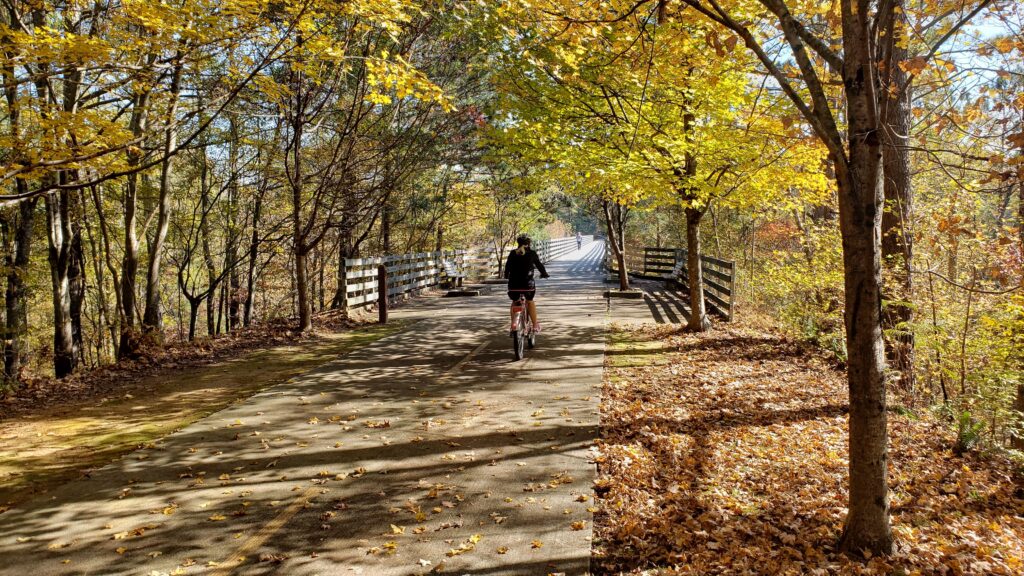As 6 am approached on a peaceful Sunday morning in October 1903, engineers on two trains along the Southern Railway near Dallas, GA, looked anxiously at their watches. Train No. 18 was heading northbound from Atlanta to Chattanooga on its normal run.
Meanwhile, Train No. 81 was speeding southbound, coming out of the twisting, turning mountain run after passing over numerous trestles and through multiple tunnels along the way. Both traveling on the single-route track, they were scheduled to pass near Dallas, with one taking a siding as the other continued along the main route.
The Need for Speed
Timing was crucial, as both trains had schedules to keep, and the Southern Railway was under tremendous pressure to meet critical deadlines included in a valuable new US government mail hauling contract. In 1902, Southern had won the right to carry US mail between New York and Atlanta in a contract valued at $140,000 per year – that’s nearly $5 million in 2022 dollars. That contract also included a penalty clause: a fine of $100 for each 30 minutes of delay. Railroad management wanted desperately to maintain schedules, and the engineers bore the brunt of the responsibility.
Just north of Dallas, a tall steel trestle carried the Southern Railway tracks across Pumpkinvine Creek. In a year where Northwest Georgia encountered a summer drought followed by early and cold fall rains, the leaves had begun to turn colors along the railroad route and down into the deep ravine. The 360-foot-long trestle was one of the longest, tallest – and most feared – trestles on Southern’s route.

No Time for Fall Scenery
Looking south from the cabin of Engine No. 846, engineer Jim Nichols had no time to enjoy the scenery unfolding at sunrise. He pushed the throttles on the 25-car train. The newspaper account from the October 23, 1903, Dallas New Era gave the following account:
“Engine 846 never acted better. The big machine moved forward at a terrific rate with twenty-five cars behind. The engineer looked at his watch and knew that time was precious. His hand went to the throttle again, the engine bounded forward until the drivers were turning at what was supposed a sixty mile clip. Down the hill the long train flew. Pumpkinvine trestle was reached, but alas! never passed.”

Vibration, Swaying, Then Collapse
As the heavy engine tried to slow somewhere on the trestle, the steel bridge began to vibrate and sway. A combination of speed, the train’s weight and other factors likely contributed to what happened next, quoting from the New Era account:
The engineer “put full steam on but to no avail, the engine had done the work with its weight, and with a mighty crash the iron bridge fell, sending the soul of Fireman John Fagala into eternity and destroying thirteen cars loaded with corn, oats, cotton and apples. The engine proper staid on the track as only the north half of the trestle went down, the tank was wrung off leaving the engine on the remaining part of the trestle.”
At the bottom of the ravine among the creek waters, changing leaves and twisted metal of the collapsed trestle, the engine tender and 13 freight cars lay mangled. Of the 11 steel spans that formed the 360-foot trestle, six of the spans had collapsed into the ravine with the train.
Smashed Steel and Destruction
Remaining on the track along the still-intact portion of the trestle, the locomotive and its engineer were left on the south side of the wreck, nearest to Dallas. And according to the New Era report, multiple cars remained on the north side of the trestle, along with “Conductor Sorrels and the flag man were in the caboose and escaped as that part of the train was not wrecked.”
“With a mighty crash the iron bridge fell, sending the soul of Fireman John Fagala into eternity and destroying thirteen cars loaded with corn, oats, cotton and apples.”
Exactly what happened to firemen John Fagala remains unclear. Rescuers found his body among the wreckage with a broken neck and broken arm. “It is supposed that Fireman Fagala jumped, altho’ this is not known as he was standing on the tank and that portion of the train went down in the highest place about 77 feet. Fireman Fagala was killed instantly whether he jumped or fell.” was the report in the New Era.
News of the massive wreck spread quickly in the small town of Dallas and beyond, even in the early 1900s before radio or television were available. Telegraph lines clattered the reports up and down the railroad route, and local stations stopped trains along the route.
Rapid Reconstruction
In Dallas, local residents who heard the booming sounds of the crash and others who heard the news from neighbors rushed to the scene.
“The people of Dallas have never before seen such a horrible wreck and all day Sunday streams of people were seen going and coming,” reported the New Era.
With train traffic stopped, mail delayed, freight stranded and passengers waiting, Southern Railways responded quickly. By noon on Sunday, approximately six hours after the wreck occurred, several hundred workers had reached the site. Efforts to clear the wreckage and began immediately.
“The people of Dallas have never before seen such a horrible wreck and all day Sunday streams of people were seen going and coming.”
By the next day, more than 300 workers had reached the site. Many traveled by trains from Atlanta, along with new steel girders, tracks and supplies required for repairs. The scale and speed of the repair work was nothing short of miraculous. The New Era reported that the first train passed over the repaired trestle on Wednesday morning – a mere three days after the massive wreck.
A Planned Replacement
A few weeks after the wreck, Southern Railways began exploring ways to make the important route safer, including the sections new Pumpkinvine Creek and Dallas. Teams of surveyors and engineers arrived in Dallas to evaluate how to reduce the steepest grades and eliminate the curve on the Pumpkinvine Creek trestle.
On Nov. 20, 1903, a New Era article included this observation about the project: When this part of the Southern railroad was constructed it was not known that it would be one of the most important lines of the entire county. This line now connects all the western markets with the south. St, Louis, Chicago, Cincinnati and all the large cities ship most of their products via the Southern railroad and the increasing business demands better and straighter tracks.”

More on the 1903 Wreck
The Spring 1997 edition of the North Georgia Journal included an extended article on the 1903 wreck and other notable train wrecks in North Georgia. Written by Georgia historians and authors Gordon Sargent and Olin Jackson, the article includes interviews with former employees of the Southern Railway, and extended accounts of multiple train accidents. We found a digitized version online, though the quality of the digital copy is poor. The article credits Duane “Cowboy” Mintz and Ruddy Ellis for assistance in gathering information.
Often, locals confuse the Silver Comet trail trestle with the trestle involved in this wreck. To be specific, they are different. The Silver Comet Trail follows the train route of the former Seaboard Airway Line, which operated the passenger train known as the Silver Comet. The two trestles are approximately two miles apart on Pumpkinvine Creek, with the Silver Comet trestle located further south near GA Route 278.

Where the Southern Tracks Relocated?
The short answer: It’s unclear, but doubtful.
In the aftermath of the 1903 wreck, the railroad began efforts to improve the line, reduce the steep grades, and eliminate the curve at the Pumpkinvine Creek Trestle. We found these two references in the Dallas New Era in the immediate aftermath of the wreck:
The next reference we located was printed in January 1908, when poor conditions were reported on the Southern line near Dallas. The report included this statement, “It is said that whenever one of the fast through trains passes over the trestle just this side of Pumpklnvine, over the Weaver creek, the trestle can be seen to sag and rise, caused by the motion of the train.”





